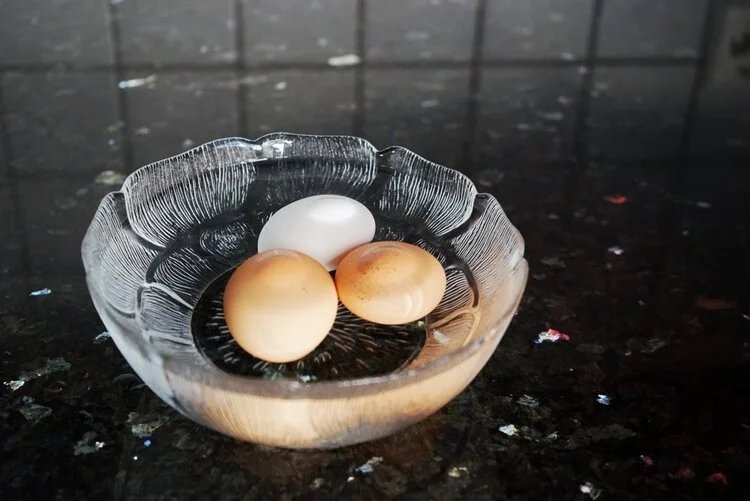FAQs
When whipping egg whites, there are a few things to remember:
- Room temperature egg whites whip best.
- Make sure everything is clean. If there is any trace of fat or oil in your mixing bowl, or even a drop of egg yolk in the whites, it will inhibit the whites from whipping properly.
Any grease or egg yolk will keep your whites from beating to stiff peaks properly. So, before you begin, wash all your equipment with hot, soapy water. Use a glass or stainless-steel bowl; avoid plastic bowls, as they can retain a greasy residue from previous uses.
Why are my egg whites not whipping to stiff peaks? ›
Start With Fresh Eggs and Separate Them
Be very careful when you separate the eggs. Any yolk (or other fat, oil, or grease) that makes its way into the whites will keep the whites from whipping up as big and fluffy as possible.
Do you add sugar before or after whipping egg whites? ›
For optimum volume and smoothest texture, sugar should be added gradually, beginning only after the whites have been beaten to the foamy stage (about double in volume). Adding some or all of the sugar before you begin beating the egg whites will result in less volume.
How to tell if you're over whipped egg white? ›
Over-beating
After the stiff peak stage, egg whites will start to look grainy and dull. They will eventually collapse back on themselves. Whipped cream will also get grainy and will start to separate into fat and liquid.
What happens if you whip egg whites too much? ›
Overbeaten. The earliest signs of overbeating are little granules on the side of the bowl (as noted in this photo) and decreased volume. After that, the whole mixture looks dry and curdled. If it's really overbeaten, the structure of the egg whites will break and liquid will weep out.
How long to beat egg whites until stiff? ›
Turn off the mixer and check the stiffness of the peaks. In total, this should take about 4 to 5 minutes. For soft peaks, the beaten egg whites should have some body but not hold their shape.
What if I accidentally got the yolk in my meringue? ›
So, if you accidentally get a little bit of yolk in your whites, do as Dominique Ansel does and add some cream of tartar. It'll help the whites whip up and you won't even taste it.
Do you put cream of tartar in meringue? ›
cream of tartar is your meringue “MVP”!
A good rule of thumb is to add 1/4 teaspoon of cream of tartar for every 2 egg whites, and add it just before you add your sugar!
What does cream of tartar do for whipping egg whites? ›
Cream of tartar stabilizes the tiny bubbles in the egg whites, by precluding the egg proteins from sticking together. It thus speeds up the egg white whipping process and contributes to a stable, billowy, glossy meringue, perfect for cookies, topping pies, and folding into cake.
Get set for success
Start with room-temp eggs (cold whites don't incorporate air nearly as well) and a totally clean large bowl—even a drop of fat will interfere. Some people add a pinch of cream of tartar before they start, which prevents over-whipping and helps the whites reach a greater volume.
Why should you wipe a bowl down with acid before whipping egg whites? ›
Wipe down your bowl with vinegar to remove traces of fat. Fat affects the formation of a stable egg white foam. Separate the egg yolks from the whites cleanly. Egg yolks contain fat, which again affects the stability of the egg white.

